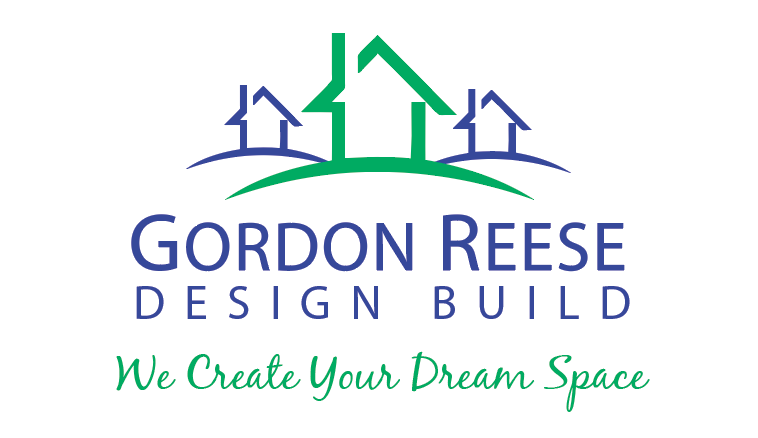Calculating the cost of a kitchen remodel can be a bit tricky. Most people assume that the bulk of their finances will go to kitchen appliances and furniture. A few others predict that labor fees will be what causes their remodeling budget to soar. While those aren’t incorrect assumptions, the reality is that if you break down the average cost of a kitchen remodel, you’ll find it to be a bit more extensive than just parts and labor.
Here are the five major factors that will dictate how your remodeling budget turns out.
Contents
Home Value
When creating a kitchen remodeling budget, a good rule of thumb is to refer to your home’s total market value. Most experts recommend spending around 10% to 15% of that market value on your kitchen renovation. So if your home is valued at around $300,000, you can comfortably spend around $30,000 to $45,000 on your kitchen. If it’s valued at $150,000, $15,000 to $22,500 is a safe estimate.
Once you know what the general number is, you can then begin to break it down into specifics and percentages. How much you allot for different areas will depend on your preferences and your situation. For example, you might have a friend who owns a design build company and is therefore willing to give you a discount on labor. Or you might have managed to get a bulk discount on paints and flooring due to a store promotion.
Because different people will have different visions for their kitchen, there aren’t any set guidelines for this—just industry suggestions and expert recommendations.
Location
Where you live is also a factor that can affect your kitchen remodeling costs. Some states have a higher cost of living than others. Same goes for counties, cities, and even neighborhoods.
For instance, the 2018 national average cost of a kitchen remodel is $22,708. However, for homes in Los Angeles, California, the average cost is listed at $37,385. For homes in Nashville, Tennessee, it’s $18,265.
To get an idea of your budget based on your location, you have several options. The best would be to consult construction or design-build professionals for an extensive, more accurate in-depth breakdown of prices. Alternatively, there are up-to-date cost calculators and price guides online that are fairly accurate. In lieu of an industry professional, these will do in a pinch.
Project Scale & Kitchen Size
 The total cost of your kitchen remodel is hugely dependent on the size of your kitchen and the size of your project. Smaller kitchens will have fewer options to remodel, and therefore won’t cost as much as kitchens that are twice or thrice their size. For instance, kitchens with a total area of less than 100 square feet are considered small (tiny houses and apartments notwithstanding). Kitchens that are anywhere between 150 square feet to 250 square feet are within the average range.
The total cost of your kitchen remodel is hugely dependent on the size of your kitchen and the size of your project. Smaller kitchens will have fewer options to remodel, and therefore won’t cost as much as kitchens that are twice or thrice their size. For instance, kitchens with a total area of less than 100 square feet are considered small (tiny houses and apartments notwithstanding). Kitchens that are anywhere between 150 square feet to 250 square feet are within the average range.
If you’re working with just 70 square feet of space, you won’t need as much flooring as the homeowner who needs to cover 170 square feet. You also won’t need as many cabinets, countertops, and appliances. Hence, even if you’re doing a full remodel—including light fixtures, wall coverings, etc.—your overall costs probably won’t be as high as someone with a bigger room.
And on the topic of full remodels, how much you’ll spend on the remodel is dictated by how much you actually plan to change. Here’s a sample scenario: take two kitchens that are both 150 square feet. Homeowner A plans to add a full set of overhead cabinets and a kitchen island. She also wants to upgrade all the appliances and replace the flooring, the wall coverings, and the light fixtures.
Homeowner B, on the other hand, just wants to replace the wall coverings and install new cabinets.
It stands to reason that in a standard setting—using roughly the same materials, appliances, contractors, and suppliers—Homeowner A might end up spending a little more than Homeowner B.
Elements
The cost of a kitchen remodel is also dictated by the separate elements you plan to add to the kitchen i.e. the furniture, the appliances, the tiles or floorboards, the décor, and etc. Some elements will cost more than others due to their function, their size, and their base material.
According to the National Kitchen & Bath Association, about 29% to 48% of most homeowner’s remodeling budget goes to cabinetry and hardware. However, only about 5% to 7% of the budget goes to flooring. If your budget is about $12,000, that’s roughly $3,480 for cabinets and $600 for floors.
Based on the National Kitchen & Bath Association reports, here’s a rough breakdown of all the different kitchen elements and their respective costs (in percentages of overall budget):
- Cabinetry & Hardware: 29%
- Countertops: 10%
- Appliances: 14%
- Faucets & Plumbing: 4%
- Walls & Ceilings: 5%
- Flooring: 7%
- Lighting: 5%
The rest of the budget (26%) is allotted for labor and design fees.
Labor
Lastly, don’t forget labor fees. They can cost about 22% of your budget, give or take special circumstances. They’re often separated from design fees (4% of your budget, according to NKBA), which means the total cost to bring your dream kitchen to life is about 26% of your overall budget.
Because of this, we highly recommend hiring a design-build company to handle your kitchen remodel. By having just one entity handle both the design and construction, you stand to save a lot more money, time, and energy.
The cost of a kitchen remodel has a lot of variables, which means arriving at a universal average can be pretty difficult. As long as you’re aware of what you want and what will go into creating what you want, you should be able to reach a price that’s more tailored to you—your home, situation, and personal preference.

Recent Comments